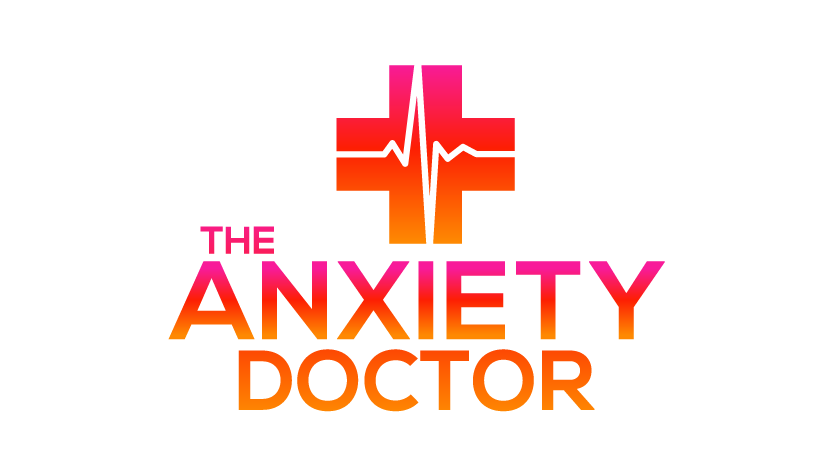SLEEP PARALYSIS: Tips and Recommendations
Thank goodness this is the 21st century and not the 17th. In the old, old days, you might have been told you were being visited by demons or something similar. Luckily, today we know this is a common phenomenon and we can identify the major causes. What a relief!
If you are experiencing sleep paralysis, there are several things you should know that will help you right now.
UNDERSTANDING THE SYMPTOMS
Sleep paralysis is a temporary inability to move (atonia), speak, or react, even though you’re conscious of being awake, in the transitional state between wakefulness and sleep.
It is often accompanied by difficulty breathing, hearing a loud noise, and a feeling of pressure on the chest - like you are being pushed down into your bed, strangled, or choked.
Many people report sensing the presence of a dangerous person or creature in the room - looming nearby or sitting on top of them. Seeing, hearing, or feeling something relates to brief REM transitional (hypnagogic or hypnopompic) hallucinations. Neuropsychologists believe this may be your mind projecting it’s own sense of “self” outward turning it into another being. Some report out-of-body experiences.
Your body remains asleep while your mind begins to somewhat awaken into a state in-between unconsciousness and consciousness.
Sleep deprivation is huge a trigger. So is stress. So may be sleeping on your back.
It is a type of sleep disorder. Like insomnia or hypersomnia, this is what Psychologists call a ‘parasomnia.’ At least 20% of the population has experienced it. Most often, it occurs in people who have narcolepsy or sleep apnea, but anyone can experience it.
An episode can last for a few seconds or a few minutes. In extremely rare cases, it has been reported to last up to an hour or longer.
It can be an intensely terrifying experience, but YOU ARE NEVER IN REAL DANGER.
Risk factors include: a personal or family history of anxiety, interpersonal and well-being stressors, jet lag, and smoking.
Many people report sensing the presence of something - or someone - around them.
D.I.Y.
Learn about the stages of sleep and understand the function of these stages.
Regulate your Sleep-Wake Cycle.
Create a mantra to remind yourself that you are safe.
Do not avoid sleep.
Remind yourself that this is a common phenomenon, and millions of other people are experiencing the same thing.
Maintain healthy sleep habits in general. This includes creating regular night and morning routines to frame your sleep time. Download this free Sleep Hygiene Checklist to optimize your sleep habits.
TREATMENT OPTIONS
A new treatment method coming from Dr. Baland Jalal, of Cambridge University School of Clinical Medicine, called Meditation-Relaxation (MR) therapy is showing promise. This therapy has been specifically designed to treat sleep paralysis, and will most likely undergo clinical trials in the future. It is a simple 4-step process that is applied during the actual episode.
Medication therapy has potential to help. Tricyclic antidepressants or selective serotonin reuptake inhibitors (SSRIs) are prescribed in serious cases. However, there has been no evidence that a medication will completely eliminate the issue.
This article is for informational purposes only, even if and to the extent that it features the advise of medical practitioners. This article is not, nor is it intended to be, a substitute for professional medical advise, diagnosis, or treatment and should never be relied upon for specific medical advice.




